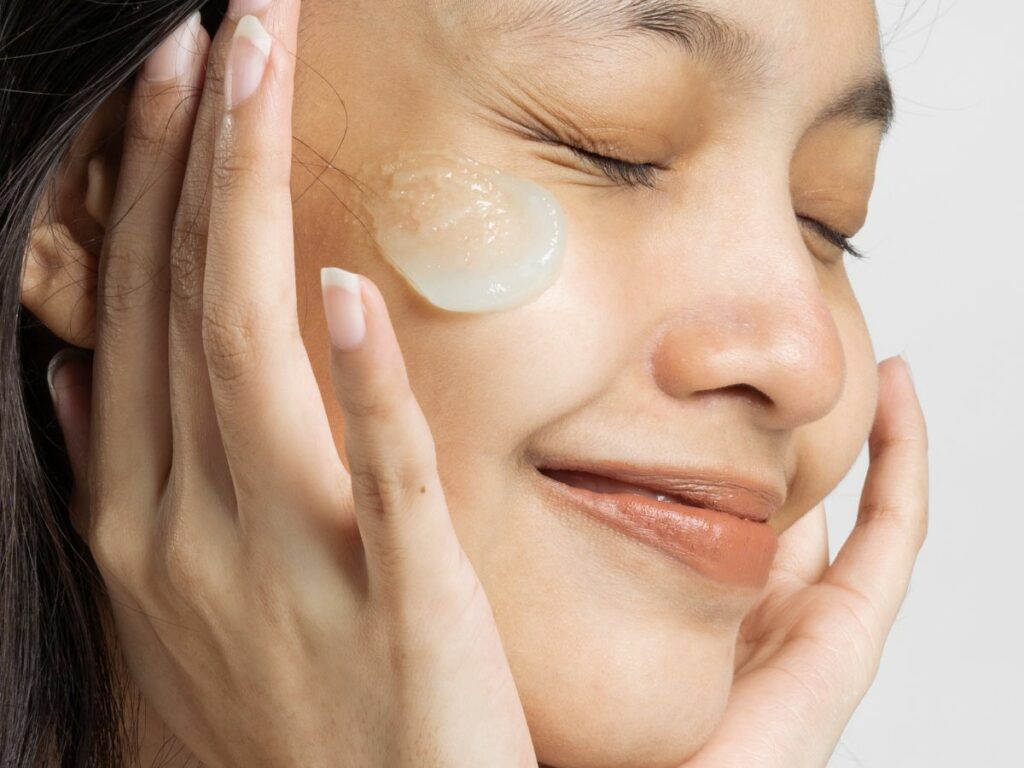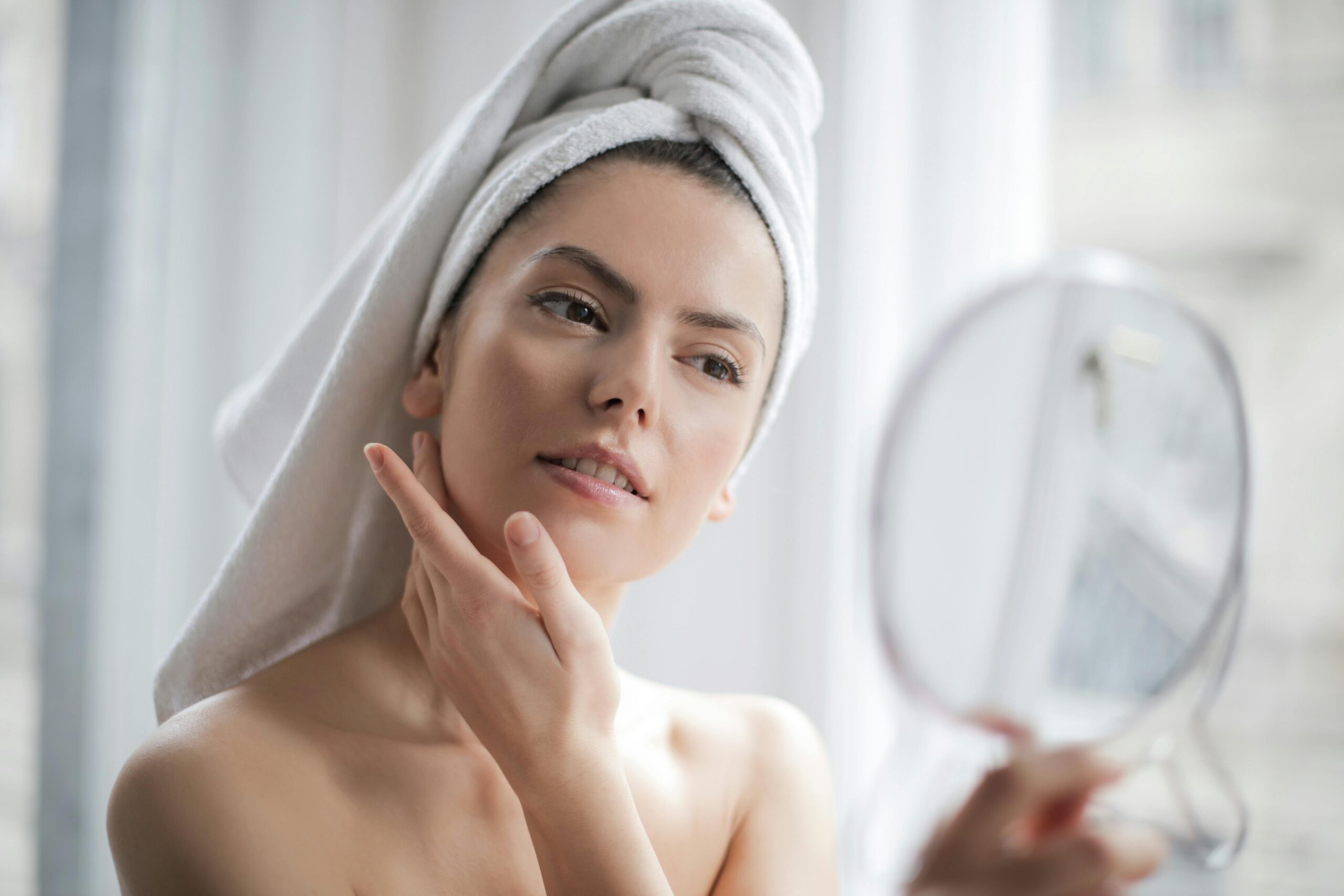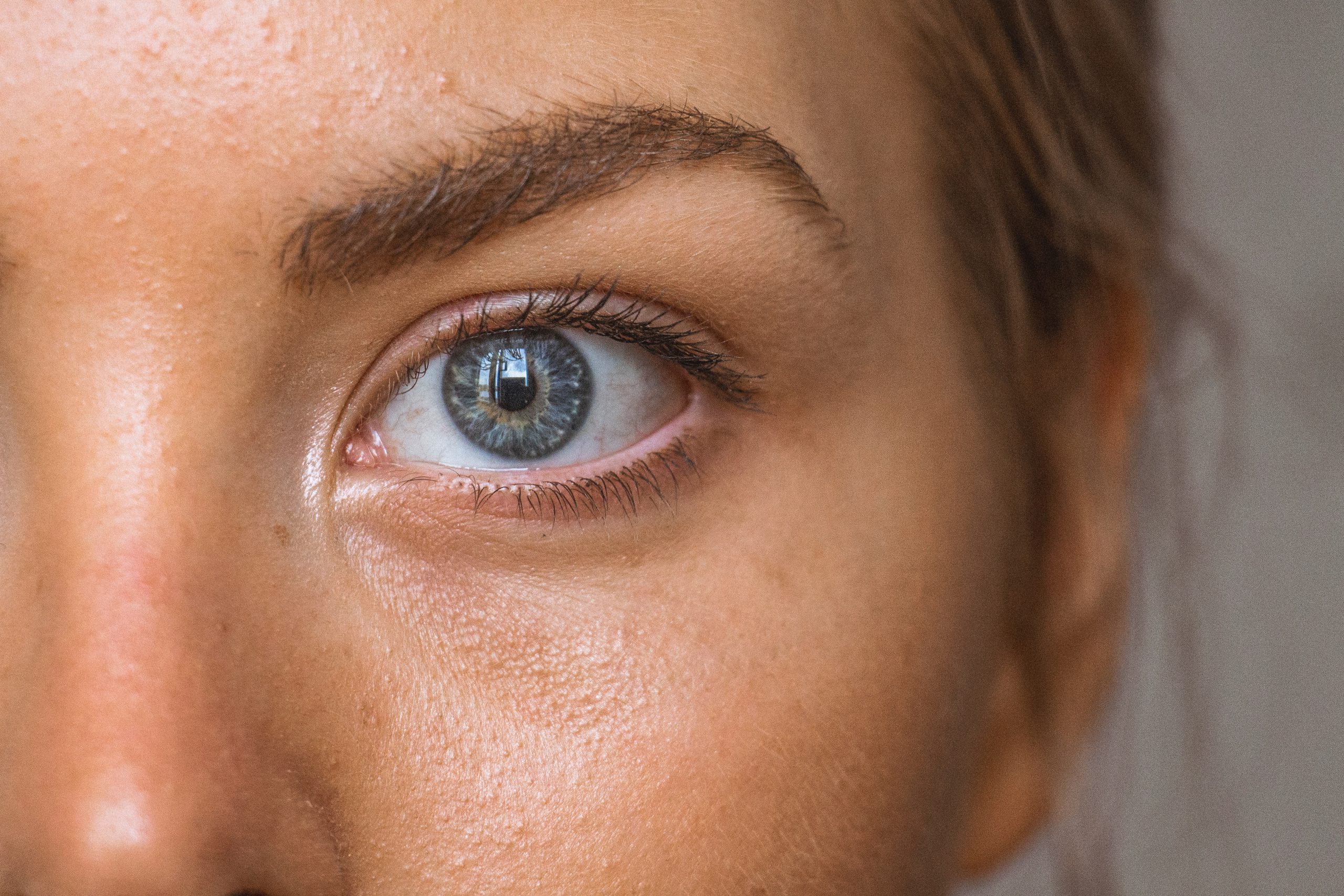I am sure pigmentation issues are no stranger to any of you!
All professional skincare establishments have to tackle this ageing skin condition. Hyperpigmentation is one of the most challenging skin disorders to treat and maintain.
Pigmentation in itself is a normal part of the skin that defines a person’s skin tone. The problem arises when pigmentation becomes uneven, or patches of darker colouring appear.
This blog will take a closer look at hyperpigmentation and what pigmentation treatments exist to give your clients the desired results.
How does the skin produce pigmentation?
Natural pigmentation of the skin is due to the levels of melanin (pigment) within it. Melanin is responsible for skin colour and is formed by cells called melanocytes located in the stratum germinativum of the skin. These cells move into the stratum corneum over a period of about three weeks.
The main reason for melanin in the skin is to protect the skin against UV radiation. Light carries energy, and when it penetrates the skin, the energy is either absorbed or neutralized by melanin to prevent damage and the production of free radicals.
Why does hyperpigmentation occur?
Hyperpigmentation is the most difficult of all the skin classifications to treat and maintain. Before treating any pigmentation disorders, it is crucial to understand what causes the condition.
Hyperpigmentation results from the skin trying to protect itself from potential harm resulting in an uneven skin colour. Any amelioration in hyperpigmentation treatment can only be effective when the harm-factor triggers are eliminated so that the skin no longer needs to be on alert.
Your Pigmentation Treatment needs to be slow and progressive to not over-stimulate the melanocyte cell. The following are the key factors responsible for the development of hyperpigmentation:-
UV radiation
This is a significant factor in Australia, where UV levels are high.
Medication
Hyperpigmentation can be triggered by medications such as chemotherapy drugs, antibiotics, anti-seizure drugs and antimalarials. Certain illnesses can also play a role in hyperpigmentation, including autoimmune, gastrointestinal diseases, metabolic disorders and vitamin deficiencies.
Hormone imbalance
Hormonal influences are the leading cause of particular hyperpigmentation known as melasma or chloasma. It’s prevalent among women and is thought to occur when the female sex hormones oestrogen and progesterone stimulate the overproduction of melanin when skin is exposed to the sun. Hyperpigmentation can also be a side effect of certain hormone treatments.
Ageing
As skin ages, the number of melanocytes decreases, but the remaining ones increase in size, and their distribution becomes more focused. These changes explain the increase of age spots in people over 40.
Stress
When you’re stressed, your body can send your hormones out of balance, triggering responses that lead to breakouts and rashes while leaving you vulnerable to other skin issues such as pigmentation as your free radical numbers increase.
Trauma
This can be the result of skin injuries such as cuts, burns, chemical peels, laser treatments or acne and is known as post-inflammatory hyperpigmentation.
Birthmarks and acquired pigmentation
This type of pigmentation can be present at birth or appear in childhood or adulthood.
Research has shown that nutrient deficiencies also impact the rise in hyperpigmentation, be it low iron, high copper or low zinc, for example.
Women seem to be most impacted by hyperpigmentation, which can be linked to hormone fluctuations during pregnancy, menopause, or from taking the contraceptive pill.
Types of hyperpigmentation include:
- Sunspots
- Age-spots (also called liver spots)
- Aelasma
- Birthmarks
- Freckles
- Rosacea
- Post-inflammatory hyperpigmentation
Pigmentation Treatment
Home Care
The most basic and most important skin pigmentation treatment for home use is sunscreen. Protection from the sun has been shown to improve the appearance of hyperpigmentation. Ensure clients are choosing:
- A physical blocking sunscreen, preferably with zinc oxide as the main active
ingredient - An SPF 30 to 50 at the minimum
- Broad-spectrum coverage
Salon Treatment:
Salon skin pigmentation treatments or pigmentation removal can range from dermabrasion to laser treatment to face acids and lightening creams.
At Vital Plus, we believe long term skin health is paramount and carefully select skincare brands that activate the skin’s natural potential for health and vitality.
GERnetic
GERnetic’s dedicated pigmentation range is Skin Clair, consisting of a lightening cream and a serum. Natural compounds within the Skin Clair range boost the depigmenting and whitening activity of the skin cells. Melanin production is reduced, and deeply tanned cells are eliminated through a natural process. These skin pigmentation treatments also promote cellular renewal for clear and radiant skin.
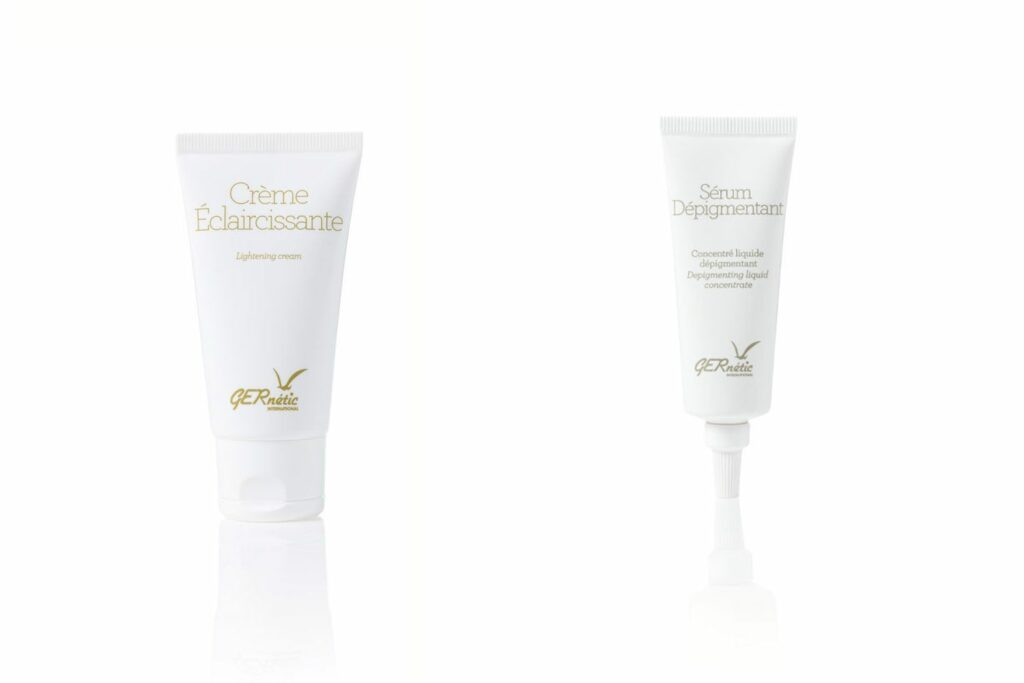
Nimue
In Nimue, the Fader range is a new generation of 6 products to treat hyperpigmentation with a triple-action approach. These products transform light energy, use the skin microbiota to activate brightening and promote a unique mechanism of action on the melanocyte. Next, active ingredients within the products convert to a natural version within the skin, enabling a gentler treatment and preventing inflammation.
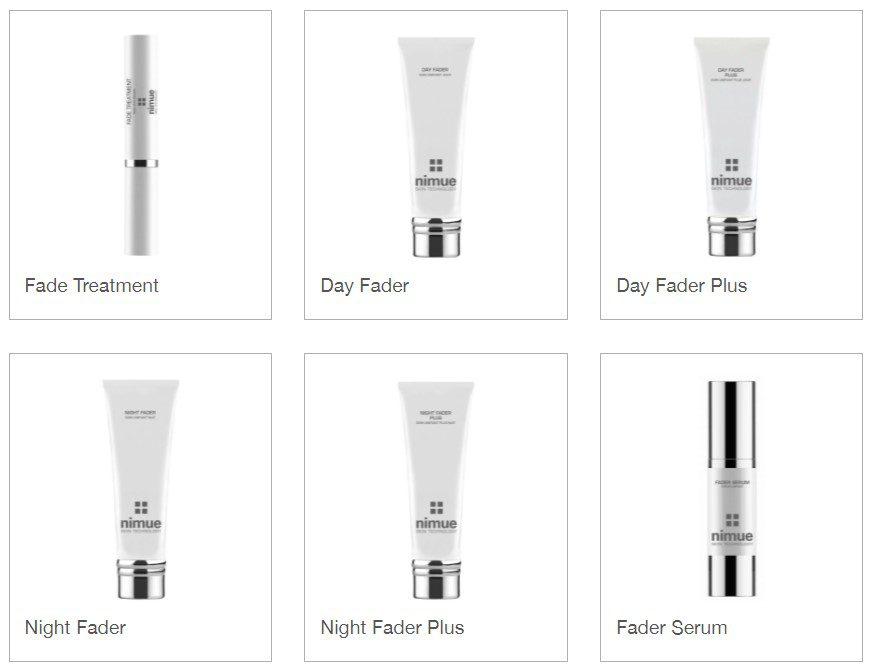
Pigmentation removal is not always possible when treating hyperpigmentation. It is more about addressing the root cause and then choosing treatments to reduce the appearance of pigmentation and nourish the skin to protect itself against stressors.
What type of skin pigmentation treatment should I do?
While harsher treatments such as laser may enable some pigmentation removal, this kind of treatment comes with several risks such as worsening of the pigmentation, loss of normal skin pigmentation or scarring of the skin. There is also a period of recovery post-treatment.
Why Choose Vital Plus?
At Vital Plus, we choose products that harness the skin’s natural ability to heal itself, and we believe a holistic approach to skin health is critical in dealing with any skin condition.
So, there you have it. The need to keep learning within our profession is vital to providing your clients with the skin they desire.
I hope this blog convinces you to delve further.
Addtionally, we love sharing our passion for healthy and beautiful skin with our clients and love seeing their successes. That’s what inspires us daily.
Vital Plus customers benefit from ongoing support, not just technical, but also in marketing, management, Future Beauty Talks, setting up promotions and many activities to enhance knowledge, industry awareness and financial success. Supporting you in running a thriving beauty business is our purpose.
For more details about what we can offer you and your business, don’t hesitate to contact us: 1300 437 638
FAQs:
Q: What causes pigmentation?
A: Pigmentation is caused by an overproduction or uneven distribution of melanin, the pigment responsible for the color of our skin, hair, and eyes. Several factors can contribute to pigmentation, including sun exposure, hormonal changes (such as pregnancy or menopause), genetics, certain medications, and skin injuries.
Q: How can I prevent my client’s skin pigmentation from reoccurring?
A: While it’s not always possible to prevent pigmentation completely, there are steps you can take to minimize its occurrence:
Protecting skin from the sun
Wear broad-spectrum sunscreen with an SPF of 30 or higher, seek shade during peak sun hours, and wear protective clothing, such as hats and sunglasses.
Avoiding hormonal triggers
If you have noticed that hormonal changes worsen your pigmentation, consult with a healthcare professional to explore options for managing hormonal imbalances.
Be cautious with skin treatments
Some cosmetic treatments, like laser procedures or chemical peels, can potentially trigger pigmentation issues. Consult with a qualified dermatologist before undergoing any such treatments.
Use gentle skincare products
Harsh or abrasive skincare products can irritate the skin and exacerbate pigmentation. Opt for mild cleansers, moisturizers, and exfoliators suitable for your skin type.
Q: What are the different treatment options for pigmentation?
A: There are several effective treatments available for pigmentation, depending on the severity and type of pigmentation. Here are some common options:
Topical creams:
First, over-the-counter or prescription creams containing ingredients like hydroquinone, retinoids, kojic acid, azelaic acid, or corticosteroids can help lighten pigmentation when used consistently and as directed.
Chemical peels
A dermatologist can perform chemical peels using a solution that removes the outer layer of the skin, promoting the growth of new, less pigmented skin.
Laser therapy
Laser treatments target pigmented areas, breaking down the excess melanin and allowing the body to naturally eliminate it. Different types of lasers are used based on the specific pigmentation concern.
Intense pulsed light (IPL) therapy
Again, this treatment uses pulses of light to target and break down pigmented areas of the skin. IPL is effective for conditions like sunspots, age spots, and certain types of pigmentation.
Microdermabrasion:
In this procedure, a dermatologist uses a handheld device to gently exfoliate the outer layer of the skin, reducing pigmentation irregularities over time.
It’s important to note that the best treatment option for pigmentation varies from person to person. Consult with a dermatologist to determine the most suitable treatment plan for your specific needs.
Q: Are the results of pigmentation treatments permanent?
A: The longevity of treatment results depends on various factors, including the type and severity of pigmentation, the treatment method used, and individual skin characteristics.
In some cases, pigmentation can be effectively lightened or eliminated with the right treatments. However, it’s essential to continue practicing sun protection and following a proper skincare routine to maintain the results and prevent new pigmentation from occurring.
Importance of skin pigmentation maintenance treatment
Regular maintenance treatments or follow-up sessions may be necessary for certain treatments to sustain the desired outcome. A dermatologist can provide personalized advice on post-treatment care and recommendations for long-term management of pigmentation.
